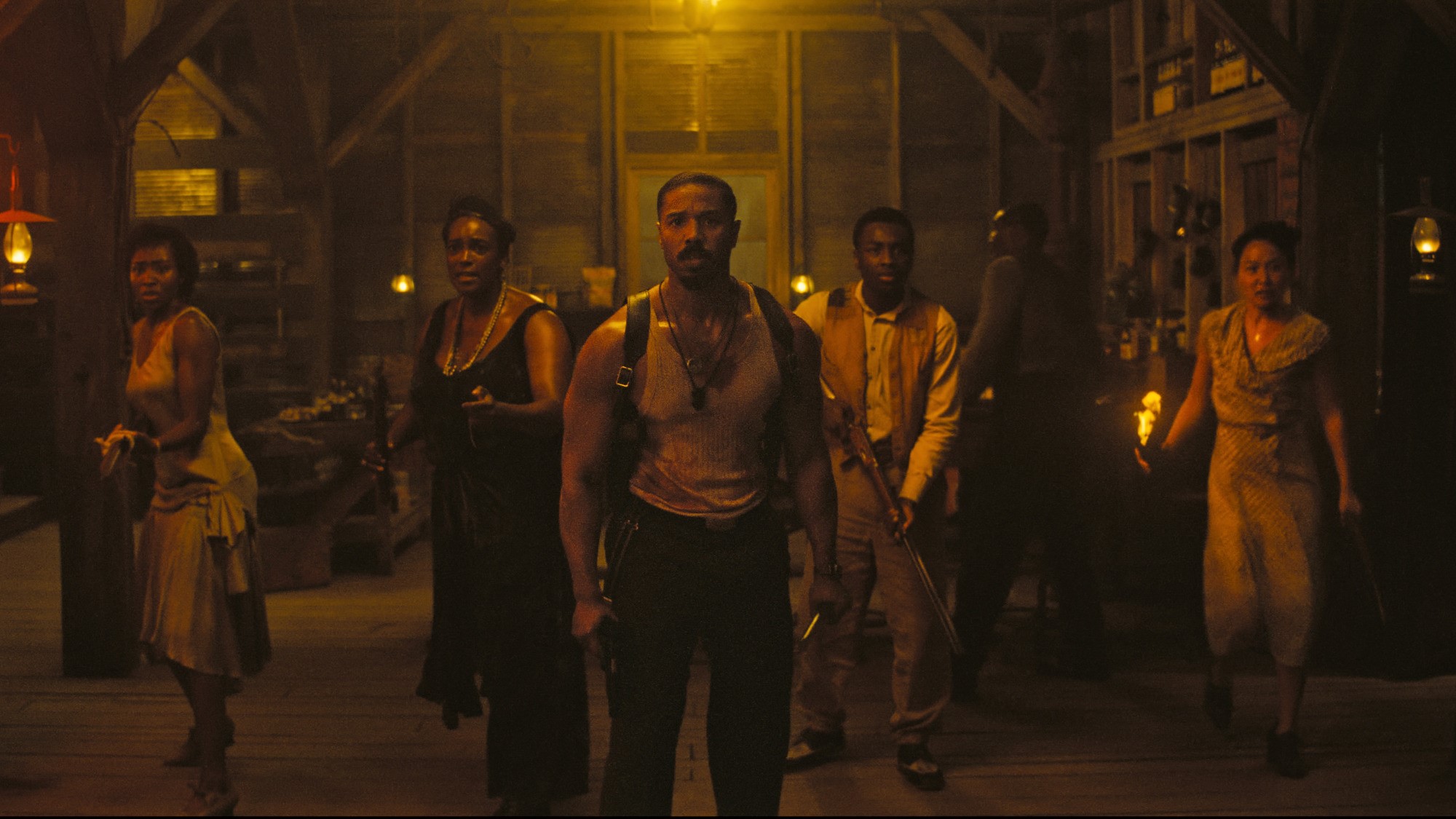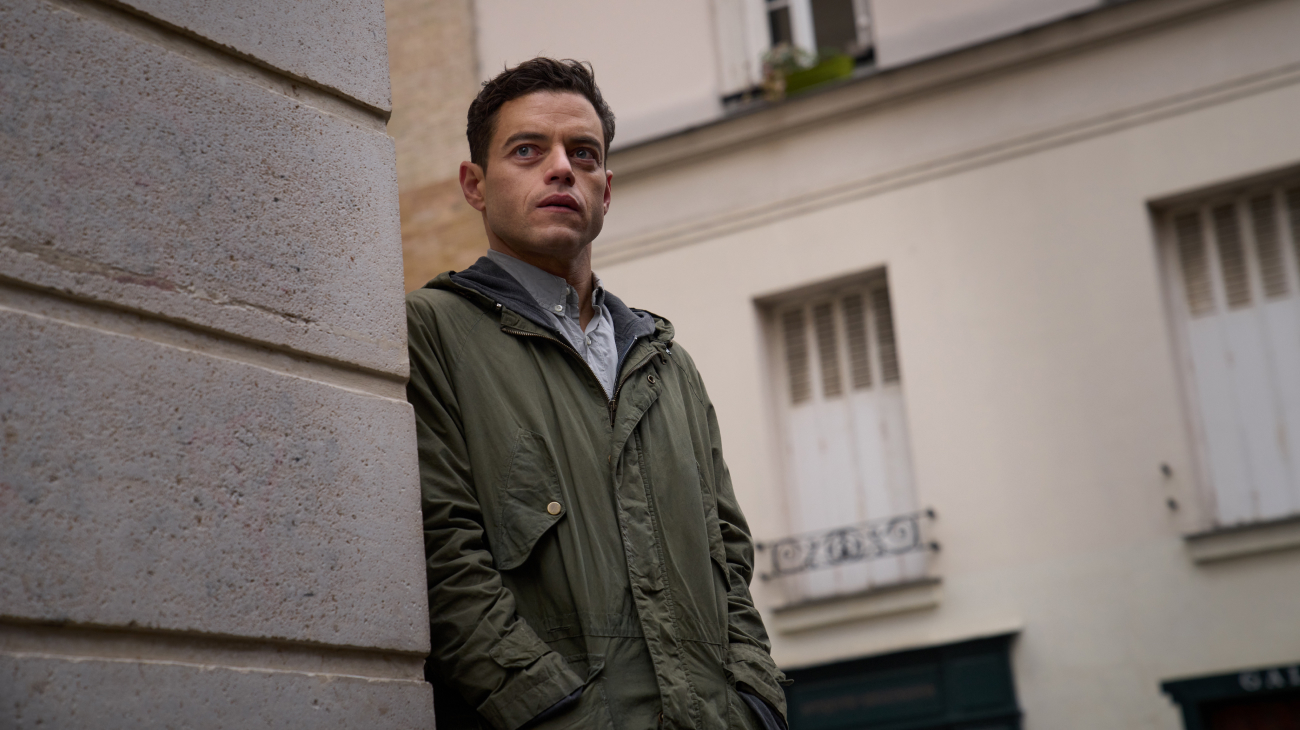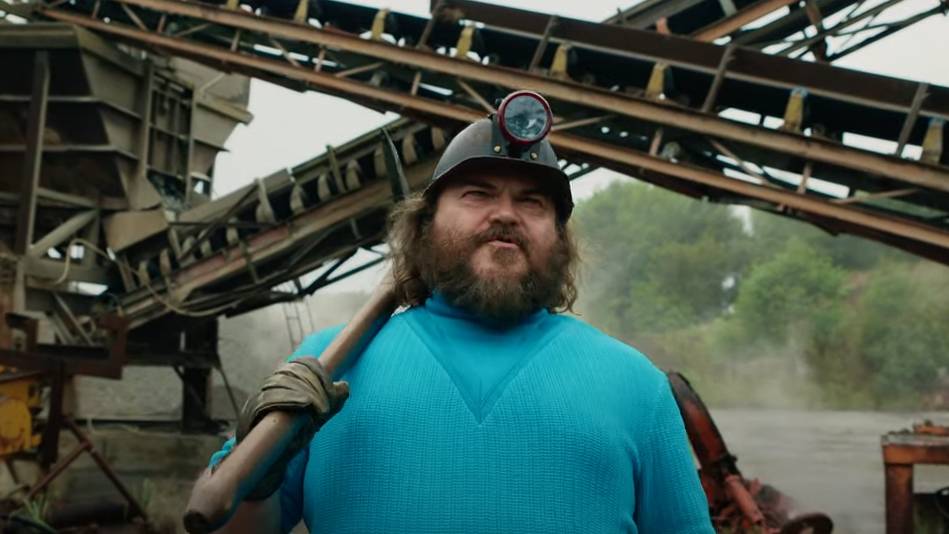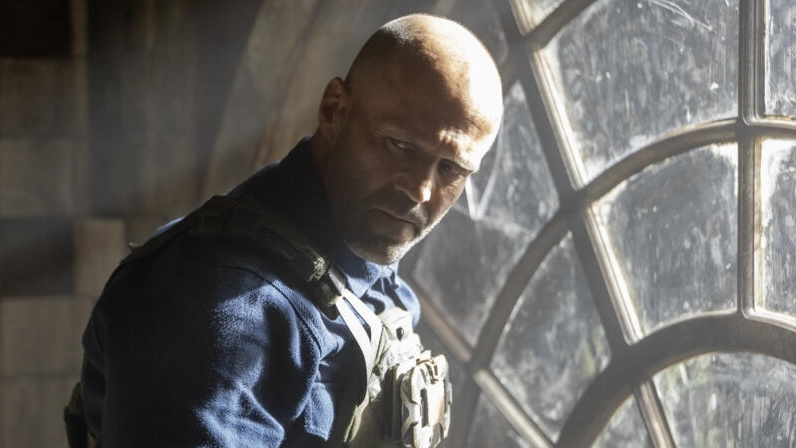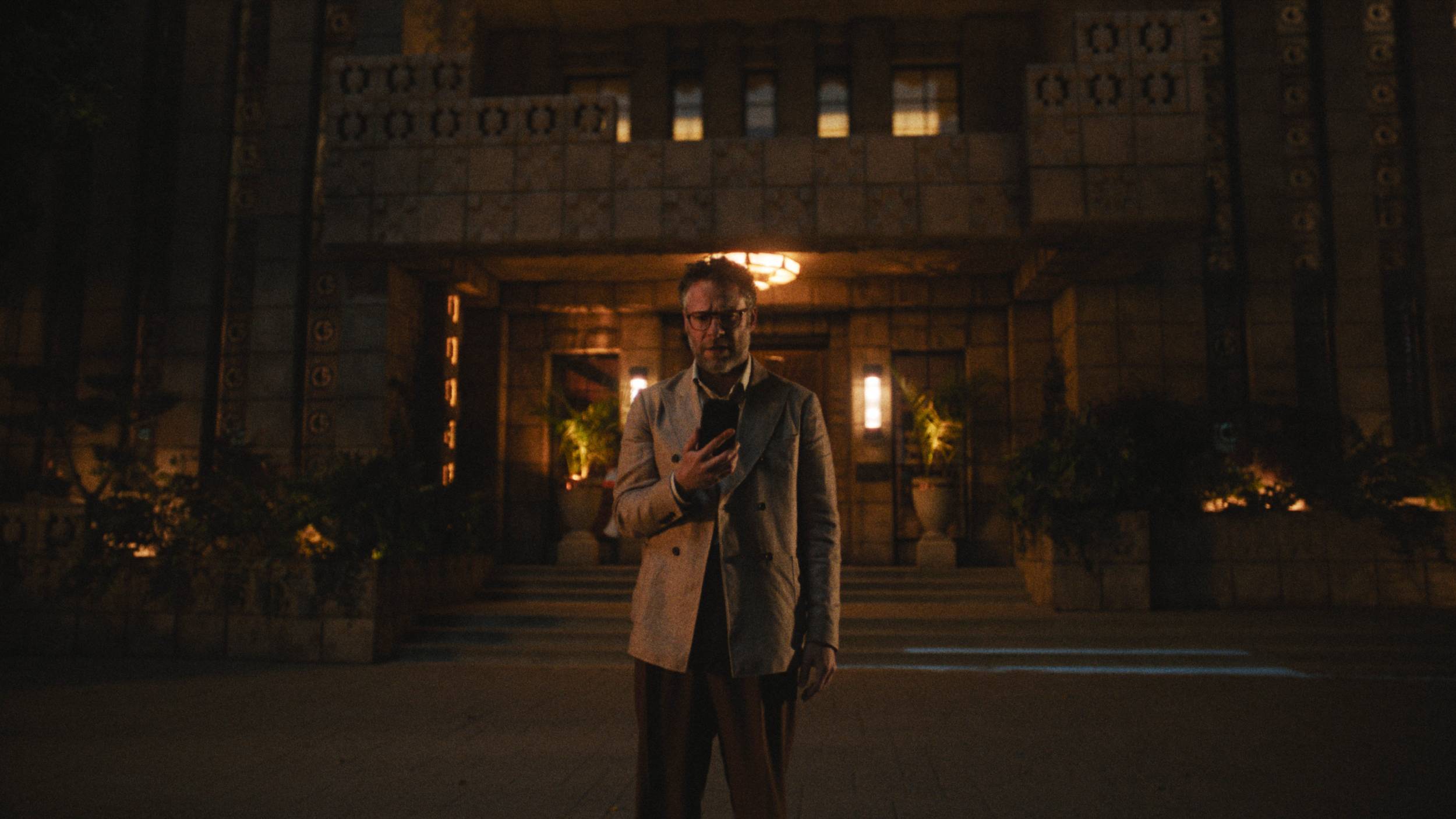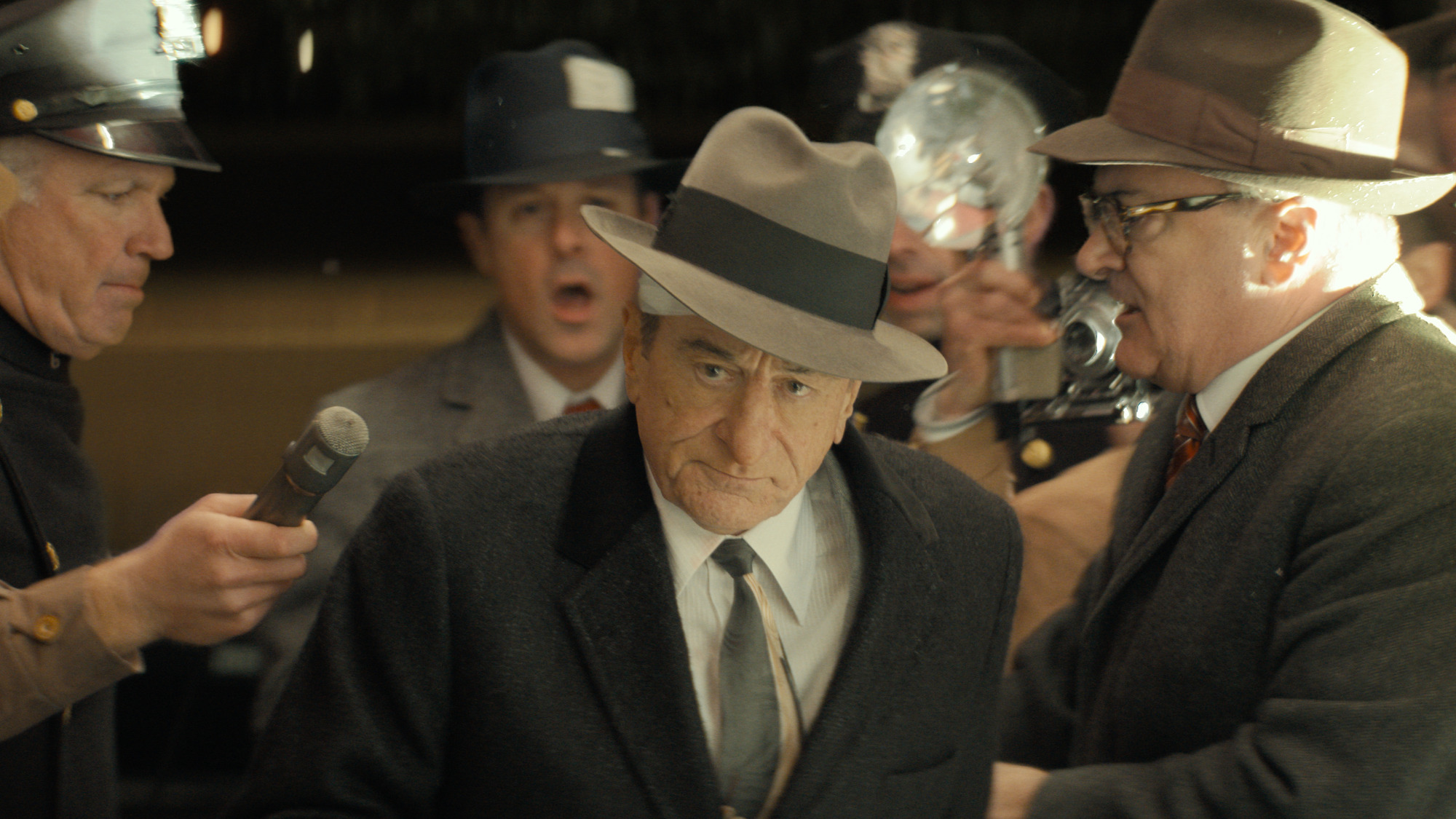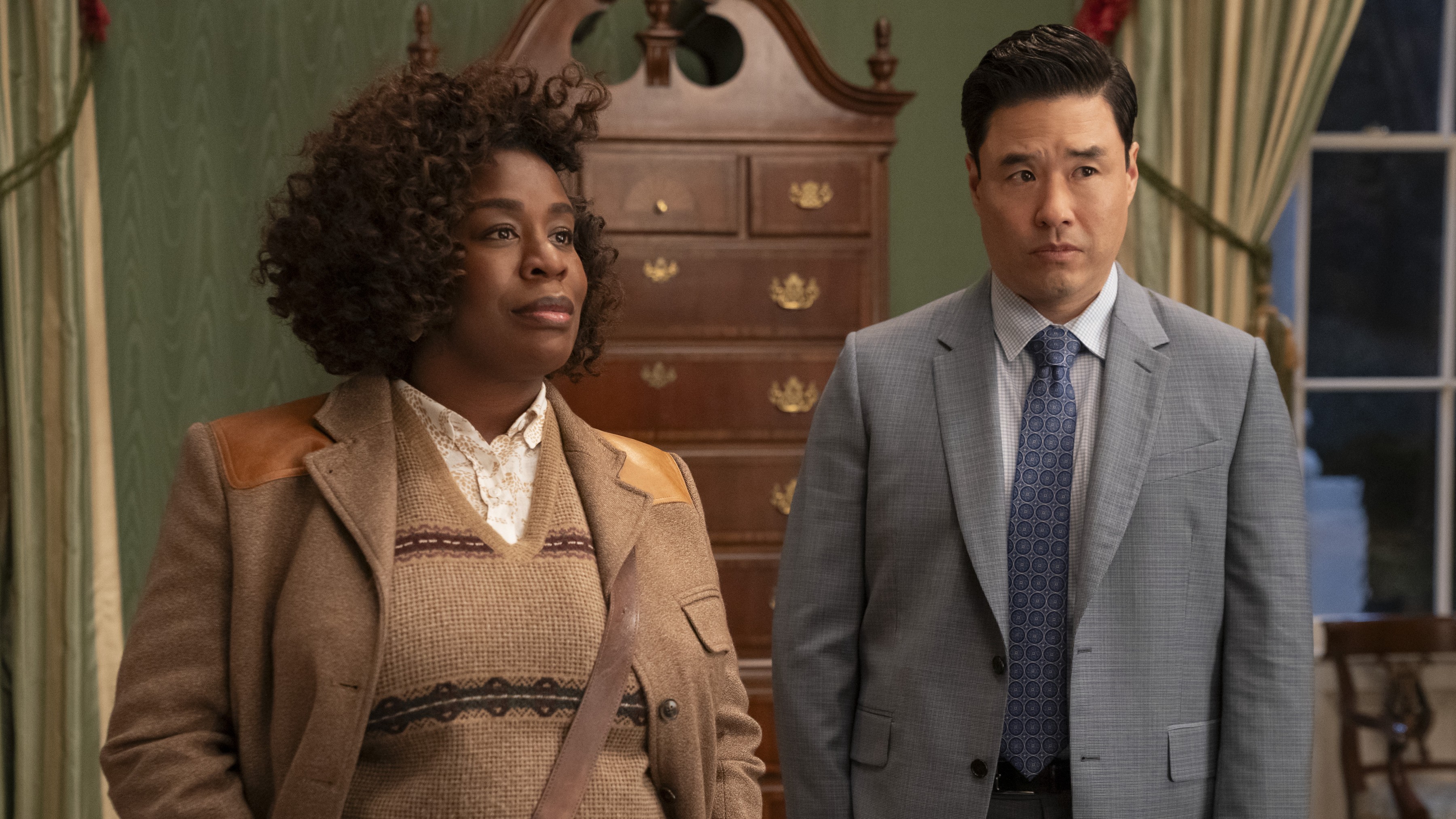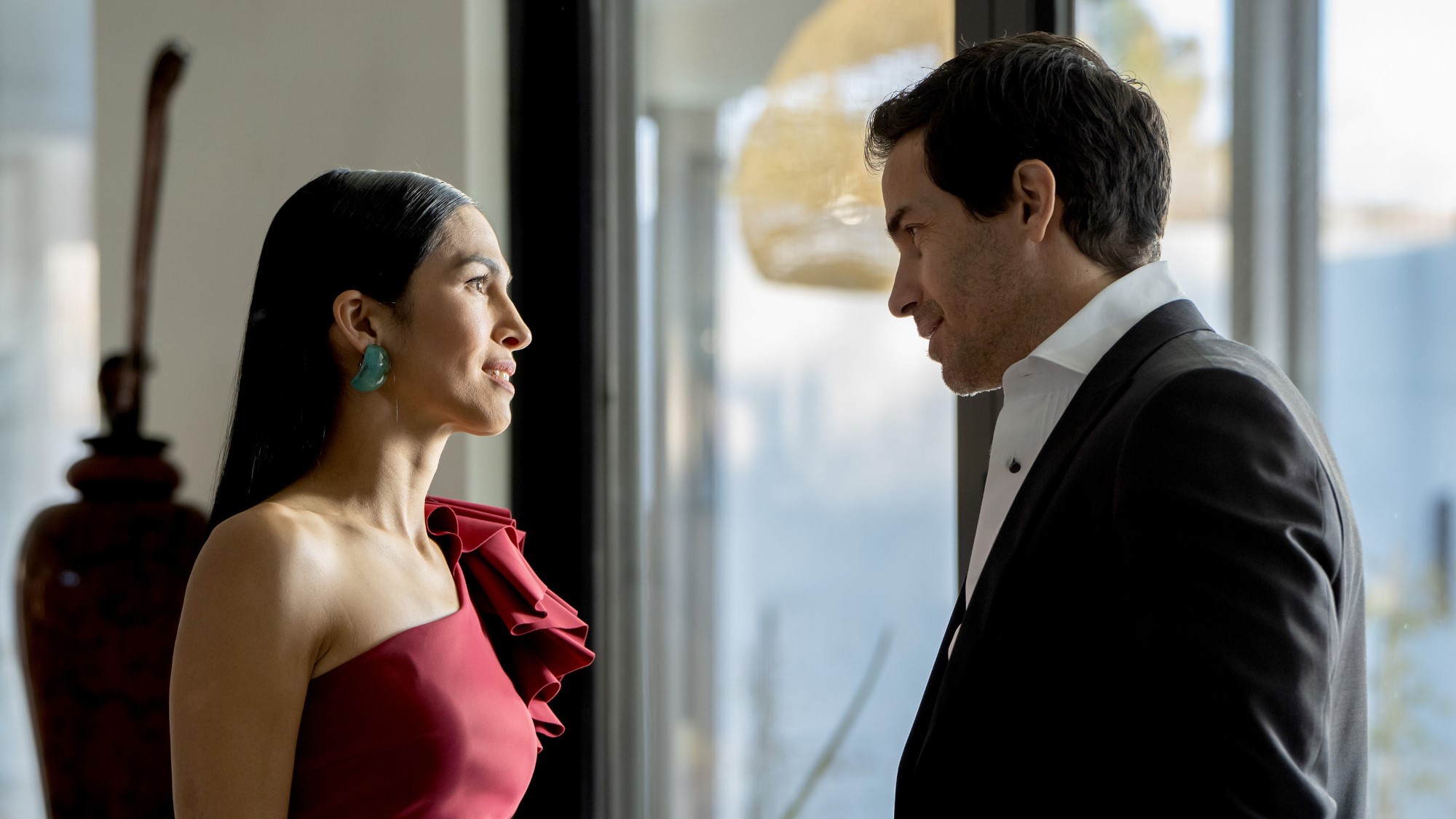What to Watch Verdict
These doctors and patients remind us that health care really should be all about the people.
Pros
- +
🩺 It's a great reminder that doctors *care*
- +
🩺 And that we all need to help people
- +
🩺 The storylines suck you in but don't wear you out
Cons
- -
💉 Not everyone makes it
There's this thing men do. It's sort of a mix of a hiccup and sneeze, whereby it sort of appears as if both are happening simultaneously, and we're doing our damndest to stop it about halfway through. There's usually some sort of deepish, audible hic — almost like we were choking for a second.
The maneuver also happens to coincide with liquid trying to escape from our eyeballs, and something emotional on television.
That last part probably is a coincidence, though. But it's something that definitely seemed to occur quite a bit while watching Lenox Hill on Netflix .
Lenox Hill Hospital doesn't really mean anything to me. It's in New York City's Upper East Side, taking up all of the 7700 block between Lexington and Park. Not an awful neighborhood. Most of my New York trips involved quick in-and-outs to Hell's Kitchen, which really is the only way you want to do it.
But get through the eight episodes of the Lenox Hill documentary — which was filmed over a year and a half before wrapping up in November 2019, just months before New York City was hit hard by pandemic — and you'll be tempted to wander up that way, just a couple avenues over from Central Park, look up and think about the incredible people you just met, and the magic they're still performing today.
"Lenox Hill" sounds like it could be a bad emo band or maybe a young-adult series. The Lenox Hill doc tells the story of what once was a mere community hospital in New York's Upper East Side and how it's grown into a world-class facility — while also continuing to serve its community.
The story follows four members of three departments: OB/GYN, neurosurgery, and the emergency department.
Ushering in life, staving off death, and dealing with everything in between.
This isn't like the old days of ER , though. At least not in the sense that you'll see someone come in with some kind of emergency, there's some kind of cliffhanger, and either they make it or they don't. Eight hours isn't anywhere near enough to get more than a brief glimpse of things, but this is real, not a network drama.
The surgeons
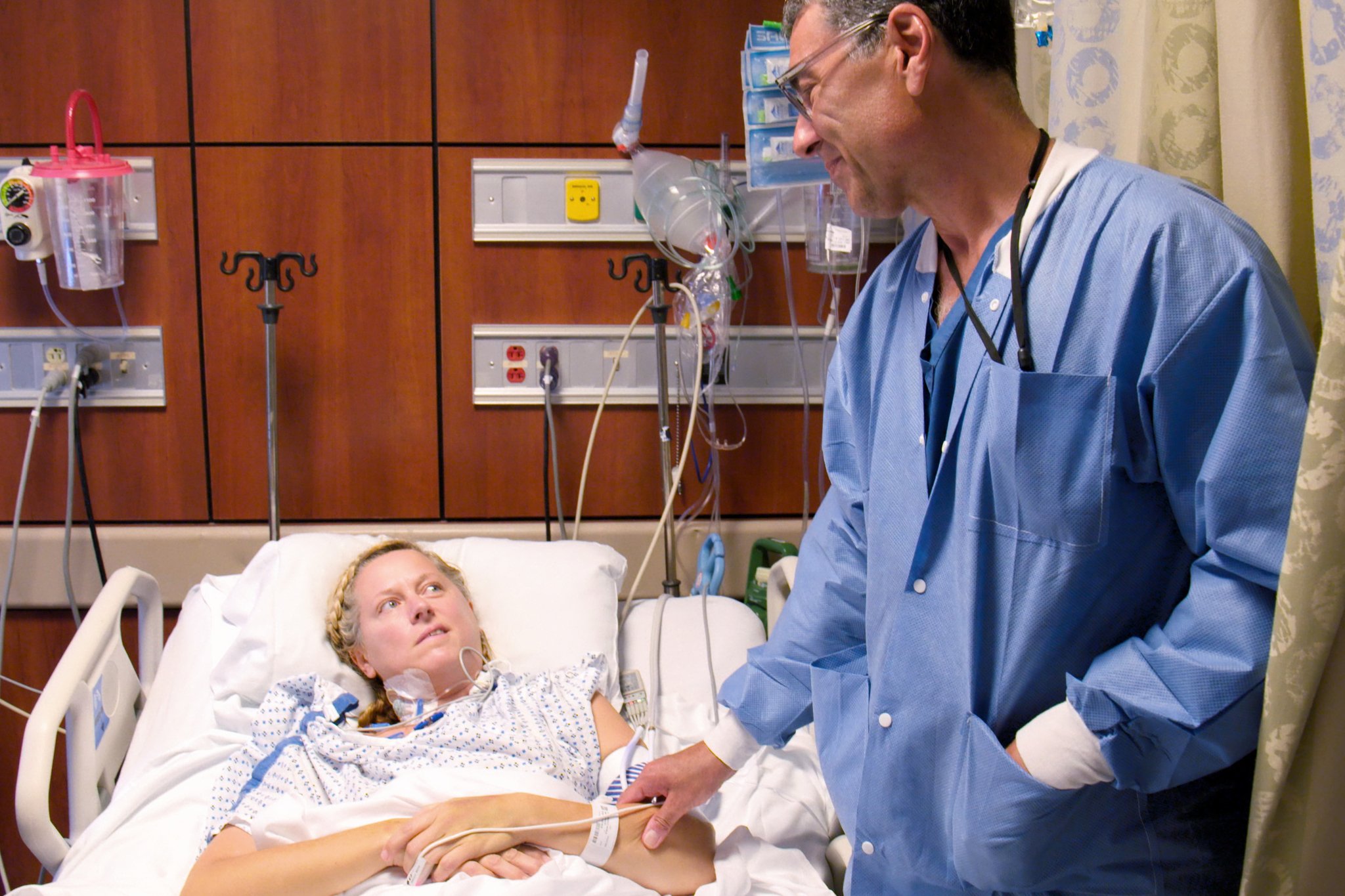
The neurosurgery track is mostly told through Dr. David Langer and Dr. John Boockvar. The former is chair of the department and started it with Larger, his vice-chair. Neurosurgery encompasses all kinds of things, but we spend a lot of time with patients of one particularly awful disease: glioblastoma. That's the brain cancer that quickly took the life of Sen. John McCain, among so many others, and in addition to being a surgeon at the top of his field, Boockvar is a leading researcher, too, working with new (and experimental) treatments.
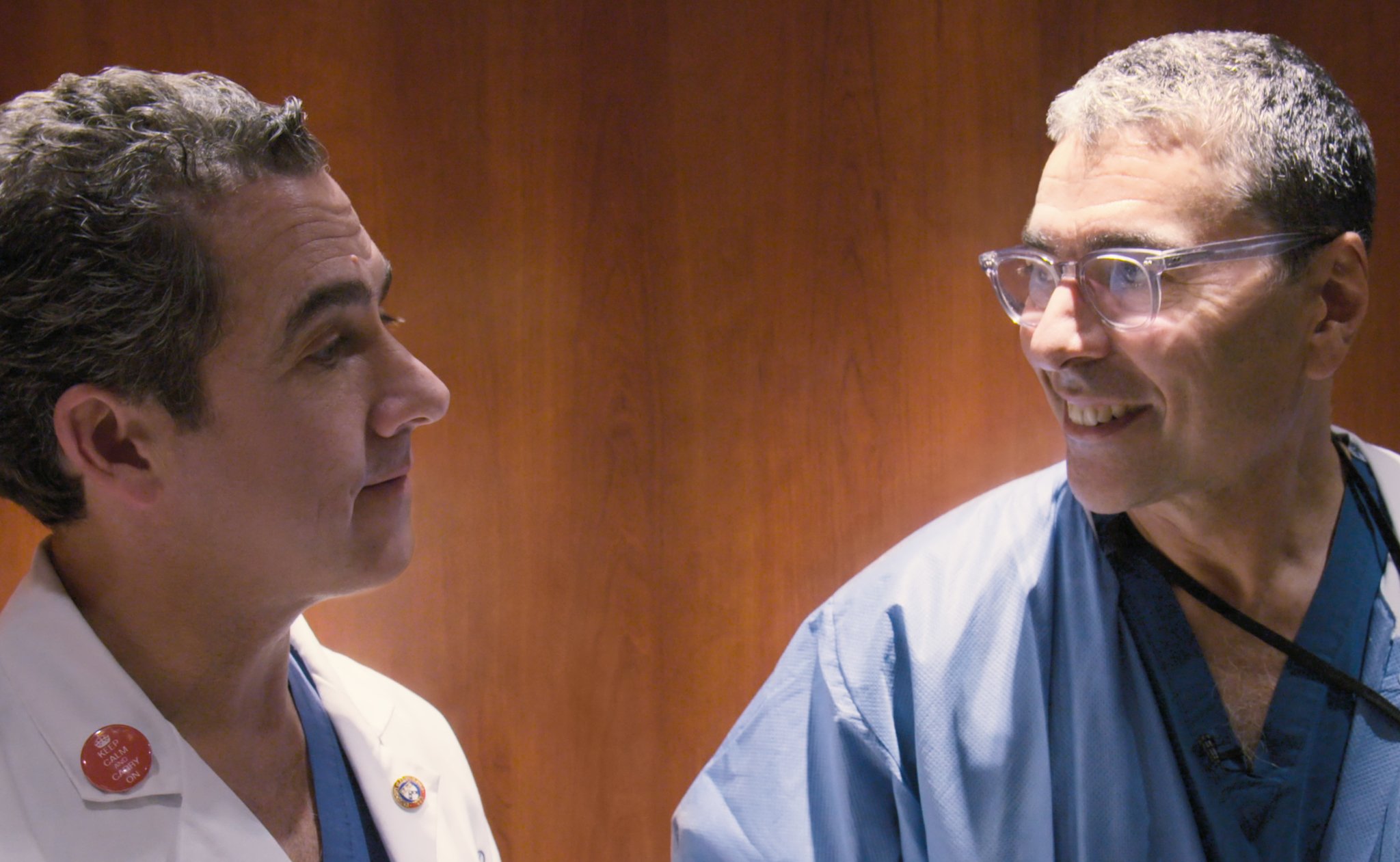
So many series have told us what we're supposed to think about surgeons. That they're super-serious, but also rock stars. That they care more about the work than the patient — we're just vehicles for them to work on. That's never been completely true, or completely false, of course. And we get a peek inside of Langer and Boockvar's home lives, as well as what led them into this field in the first place — their fathers, who had their own battles with the very diseases they're fighting today.
But mostly we watch these two follow cases over some very long months and even a stretch of a year or so. And you quickly realize that they have an incredible capacity not just for knowledge in their field, but also for empathy for their patients.
And that's true if it's a rune-of-the-mill sort of deadly brain cancer, or if it's someone they've been working with for much longer than normal. There's Mitzie, from rural Tennessee, who had complications during a procedure that pushed back the removal of a tumor. There's police officer Agy, who is the eighth person in the United States to receive an experimental treatment that's trying to more efficiently get medication to where it's ultimately supposed to go — the tumor. There's Chris, who has had God knows how many surgeries and the cancer just keeps coming back. There's Jack, who just wants to make it long enough to see his daughter's wedding in a few months.
They don't all make it.
"You don't stop," Boockvar says. "One of our defense mechanisms is that we just go. We don't wanna reflect. We don't wanna dig deeper. We're vulnerable. If you told me I had to pause and reflect, I'd probably cry every time."
And you will, too.
The emergency room
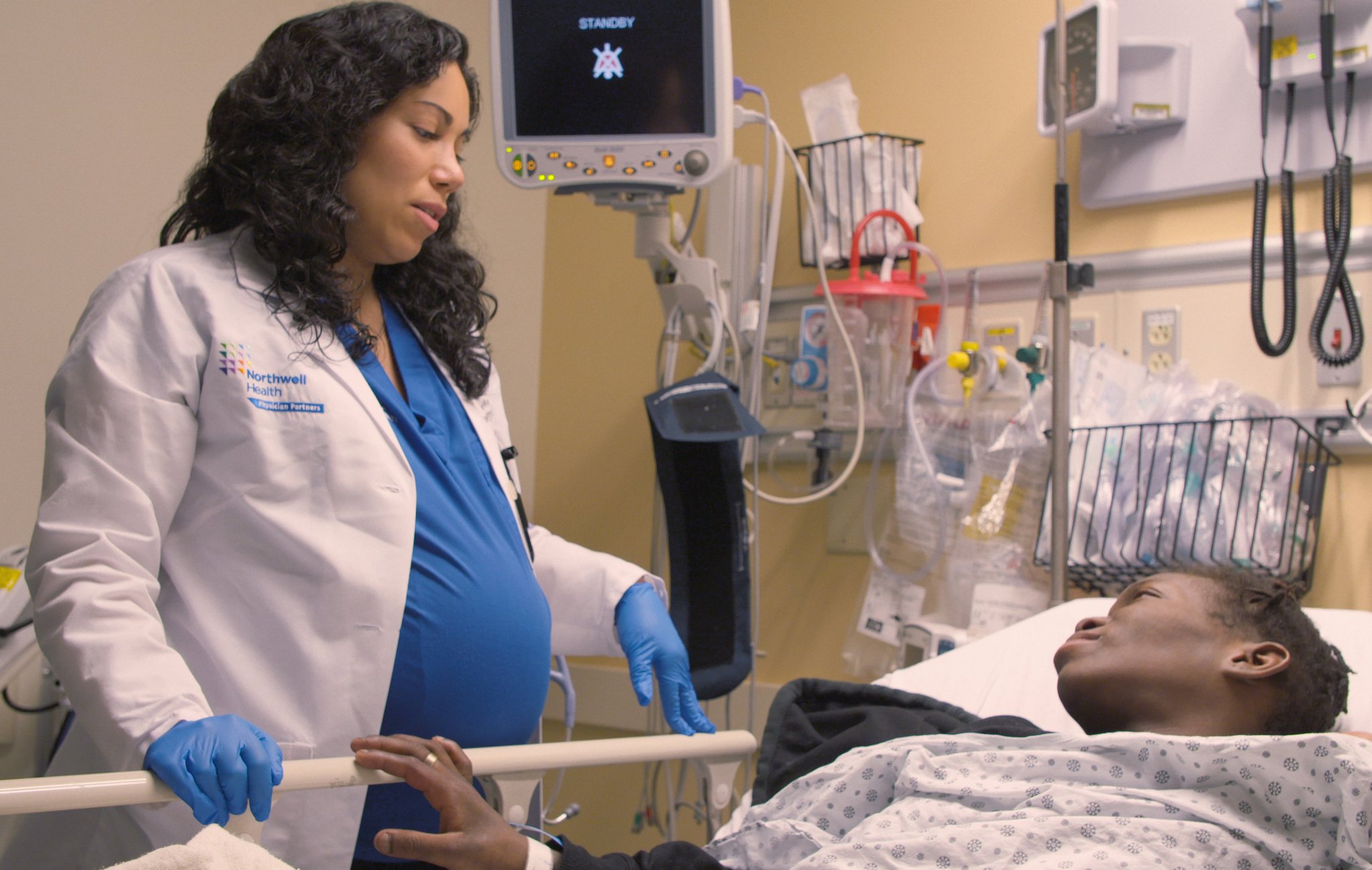
The ER is what most of us probably are familiar with, thanks to the countless TV shows. (Or, ya know, the times we've had to visit ourselves.) ERs aren't fun. It's a lot of hurry up and wait. It's a lot of people at their worst. But ultimately it's about the people for Dr. Mirtha Macri. (Just because it's cliche doesn't mean it's wrong.)
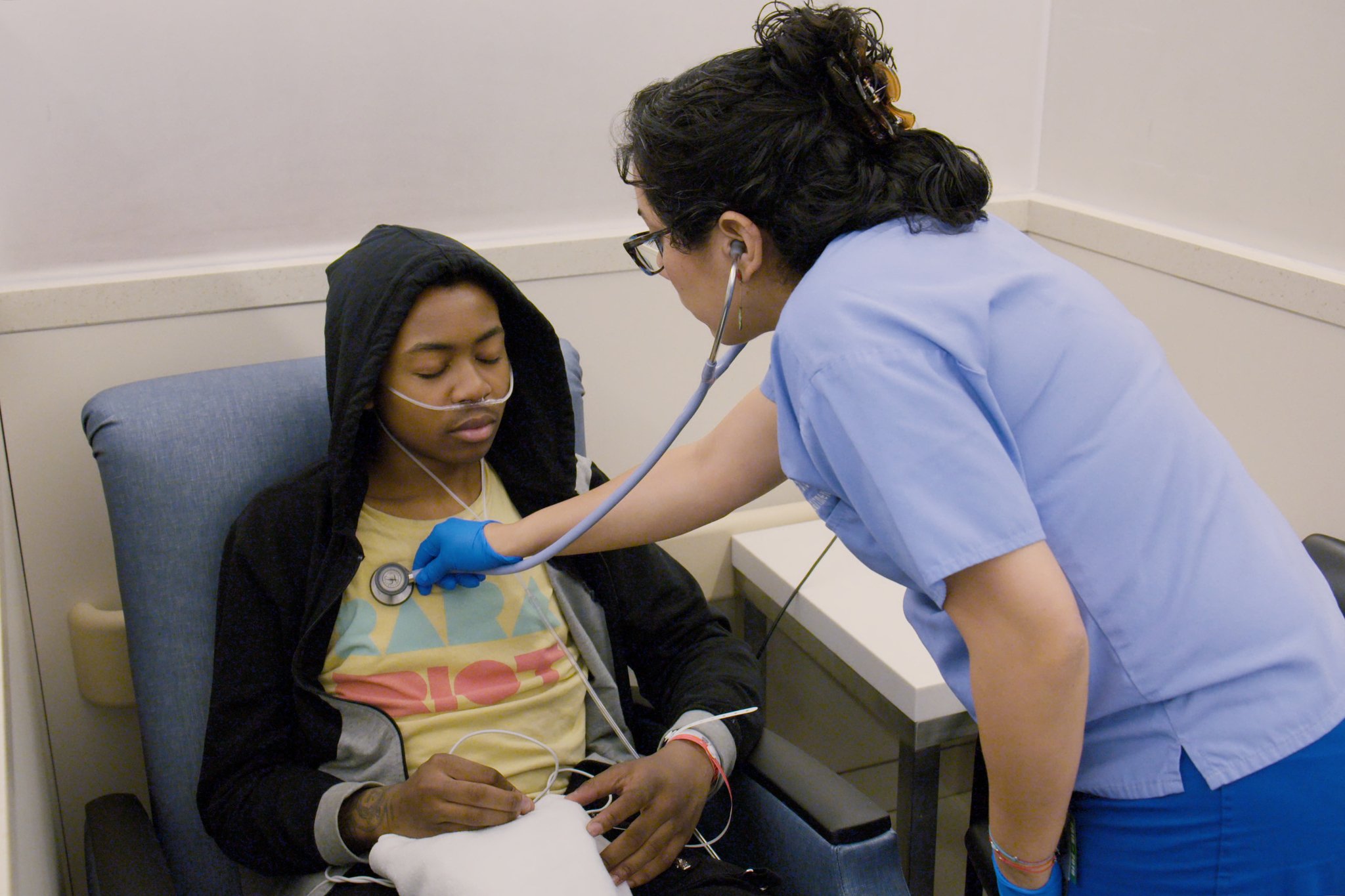
Dr. Macri is very pregnant when we first meet her, and that's as much a part of her storyline as anything. She's working as long as possible. She ultimately needs a C-section, which puts her out of action a little while longer.
And then she finally returns to work, which is hard enough for any new mother. Then baby is at home. There are new faces on her side of the curtain. There are old familiar patients.
There's a young Sickle Cell patient who definitely is in serious pain, but also may well be drug-seeking. (That episode doesn't quite come out and address that maybe as bluntly as it could. On the other hand, it's a person in pain.) There's a homeless man missing his legs whose alcoholism threatens his ability to stay in a shelter. (The cocaine in his blood doesn't help, either, though he doesn't know where that came from.) There's the young gay man from Mississippi who can't go home and is just barely on the right side of his dark thoughts.
You won't see boring cases in a documentary, of course, so we have to remember that not everyone who comes in is on the more boisterous side of the spectrum. But you still have to wonder just how mentally taxing things can be, which ultimately drives Dr. Macri to question whether she wants to raise her child in New York City.
On the other hand, it's still the greatest city in the world, and she can see that just outside the emergency room doors, too.
The birthing suite
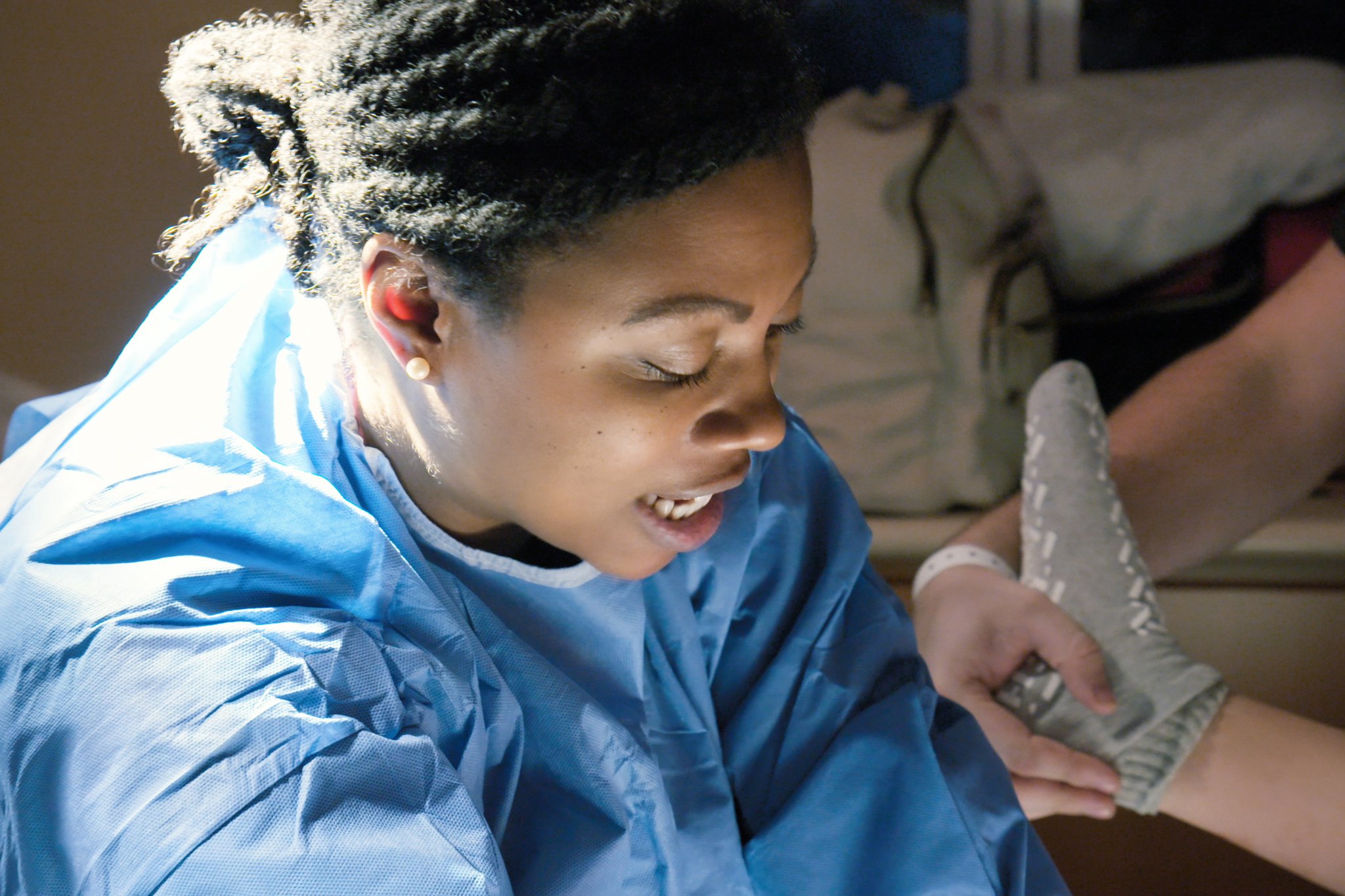
Dr. Amanda Little-Richardson is closing in on the end of her four-year residency at Lenox Hill. It's grueling, with more of your life spent at the hospital than not. Her husband is still working in California, though, and they're making that work. So she's helping women bring new life into the world every day.
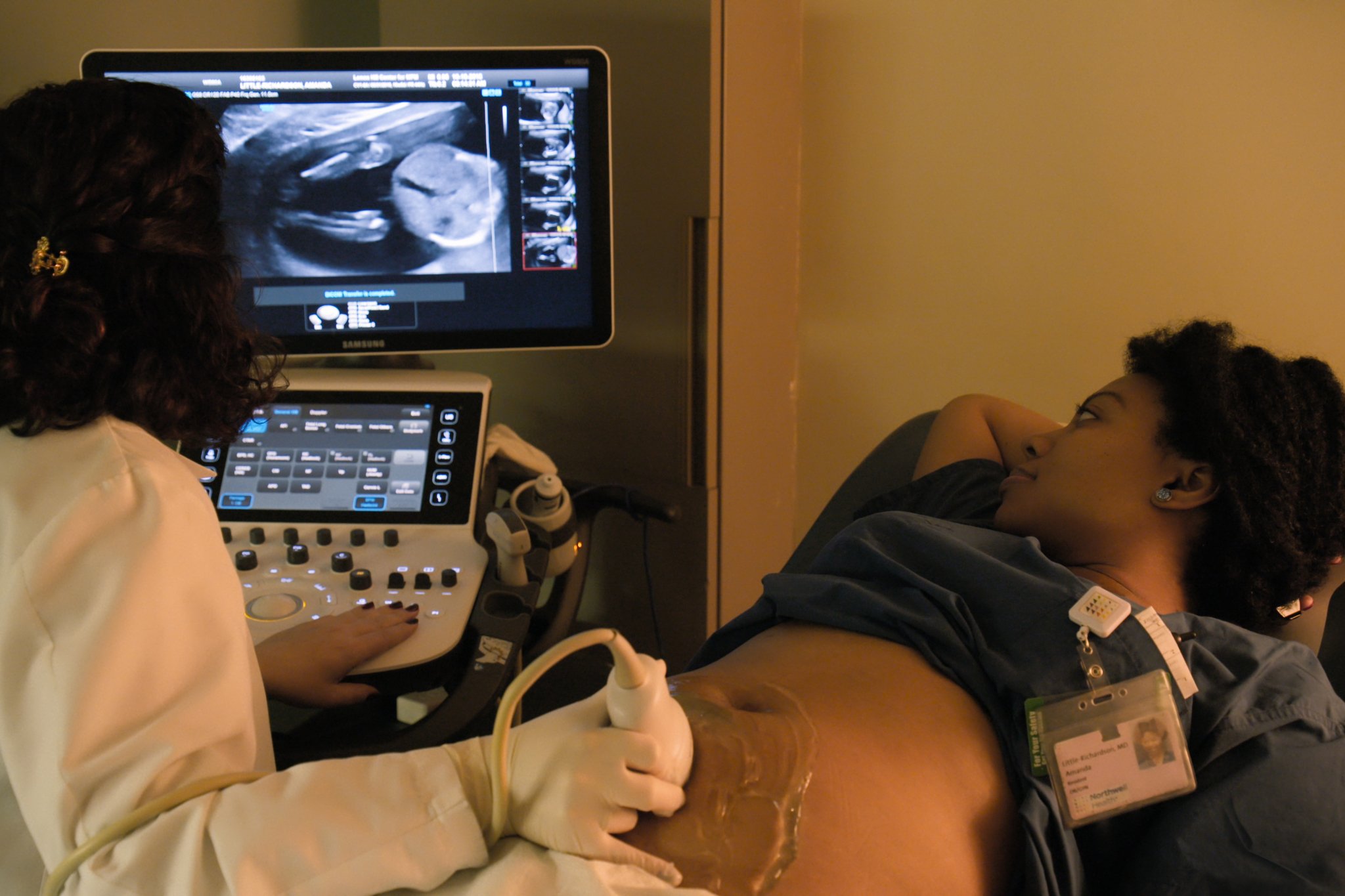
Anyone who's ever given birth knows that this isn't easy. Anyone who's ever been in the room should understand (if not totally appreciate) just how hard it is. It's hard even when everything goes right. And for many folks, not everything goes right.
When we meet Dr. Little-Richardson, she's just a few weeks into her own pregnancy. And there's a complication. An early ultrasound identifies Noonan syndrome — a rare genetic disorder — and you can feel the shift in the room. Everything stops.
There also her fears about leaving the more diverse New York City for California.
We're only getting a micro-look at things, of course. We don't see her decision process. We don't see what must have been agonizing discussions and concerns. But we see the end result, which is motherhood .
But we also see what (for me as a father, anyway) is one of the most fun parts of the entire series — her poor husband and father in the room as she's giving birth. Husband Kevin is on the business end of the curtain, of course. But like all of us in that position, he's of little use. (And is quite rightly smacked down when he's trying to take a selfie in the middle of things.) Her father is close enough to be there, but can't see anything and is as helpless as can be.
It's one of those things that you can absolutely understand if you've ever been there.
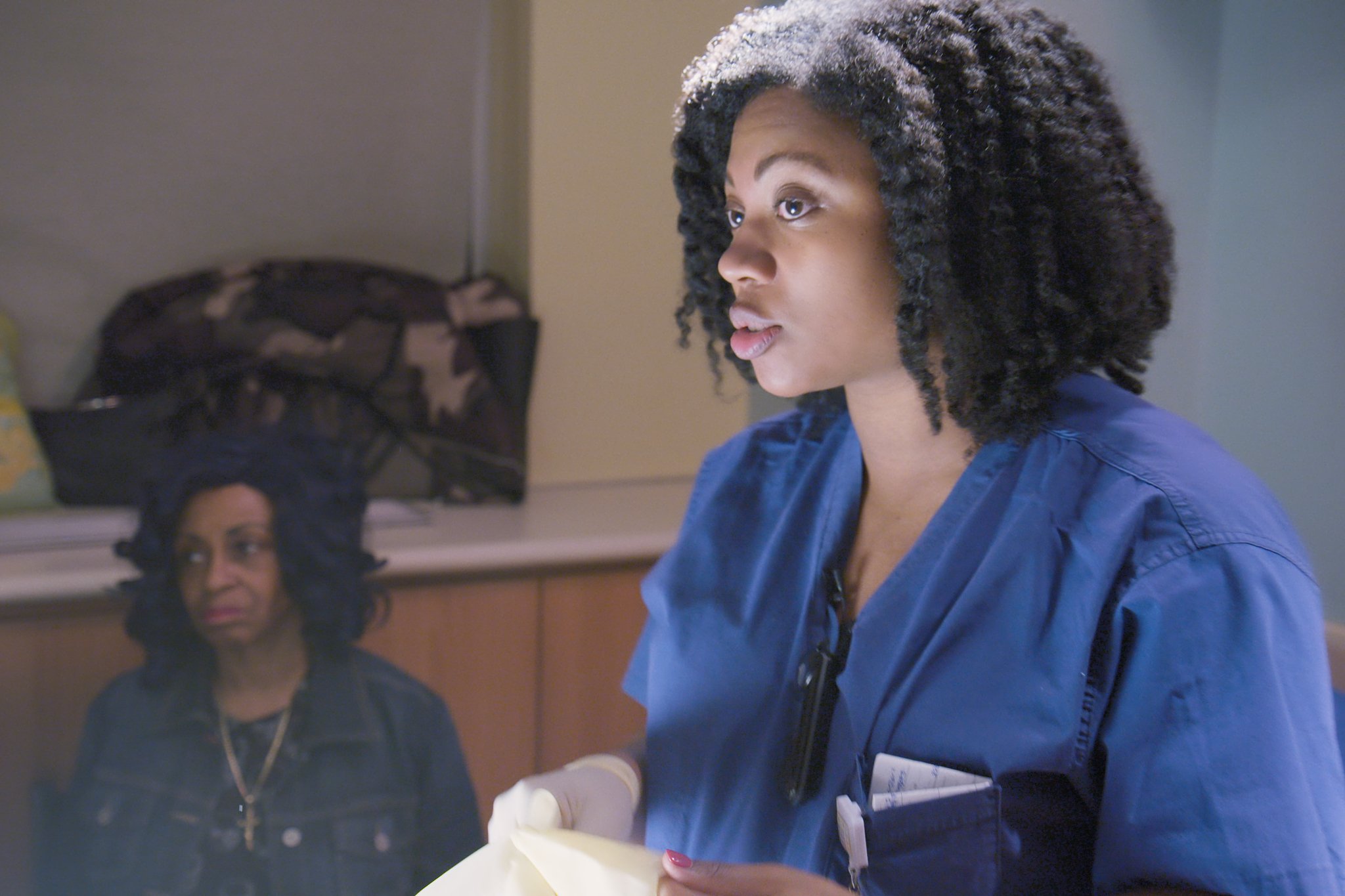
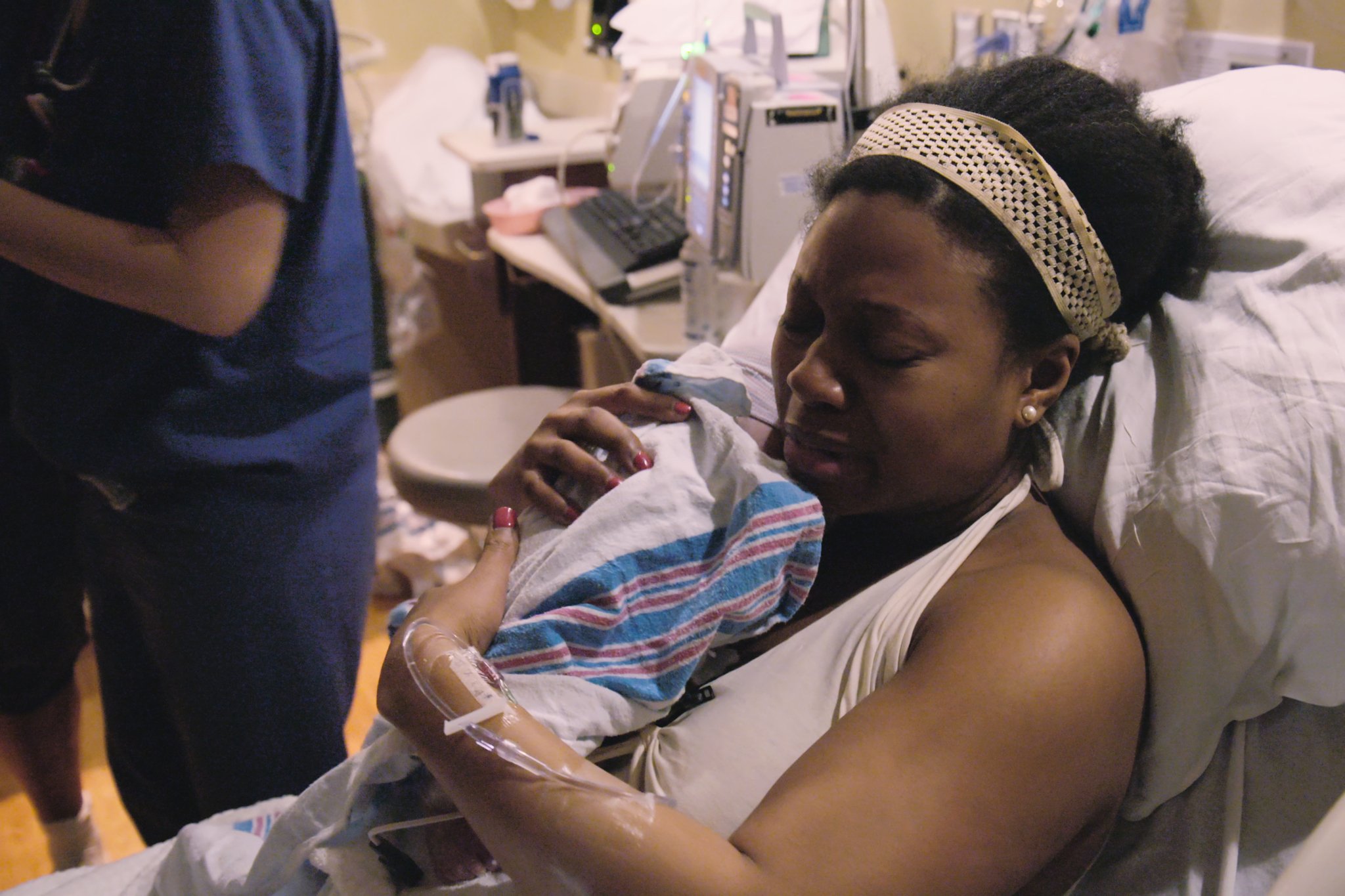
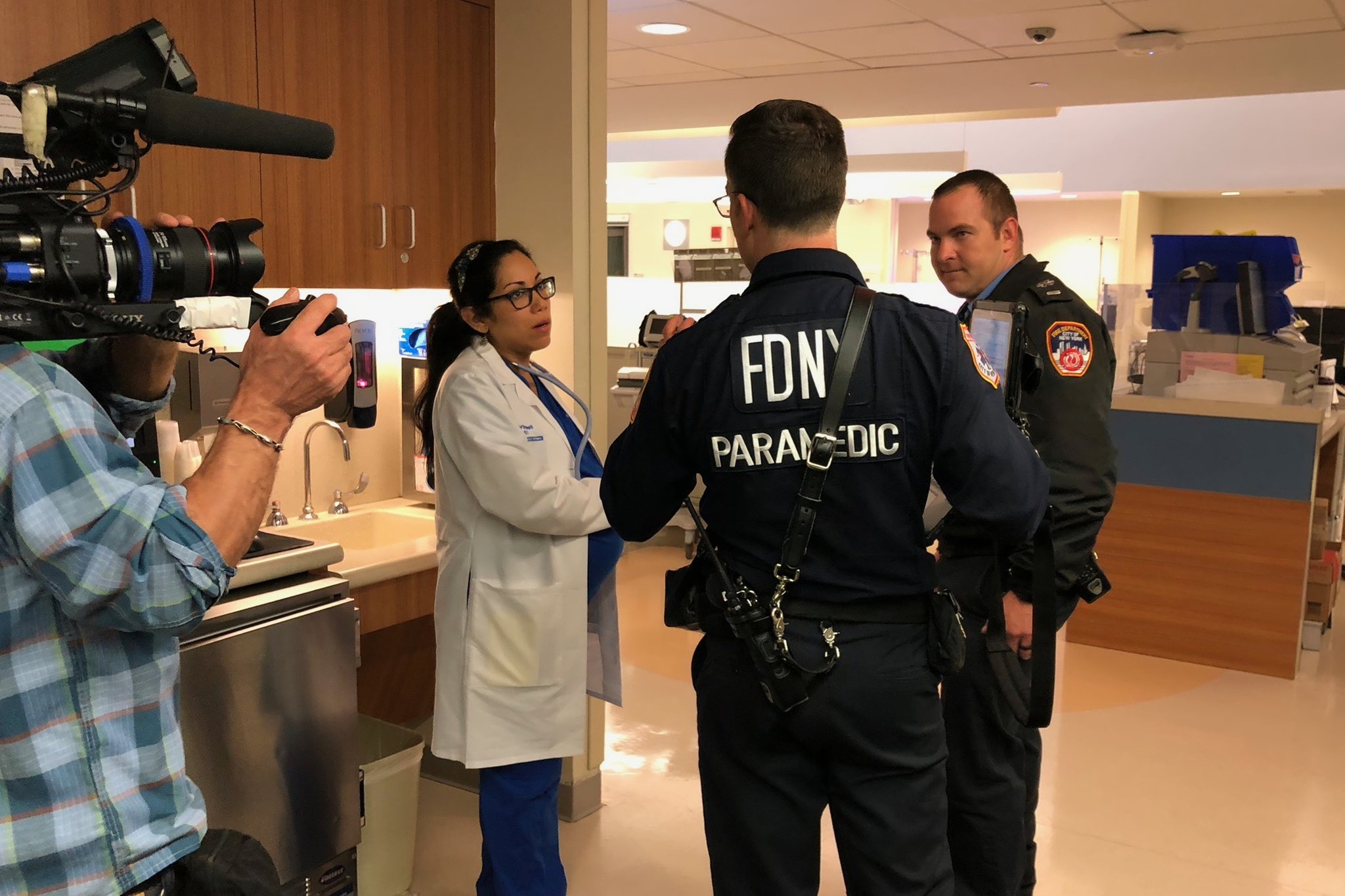
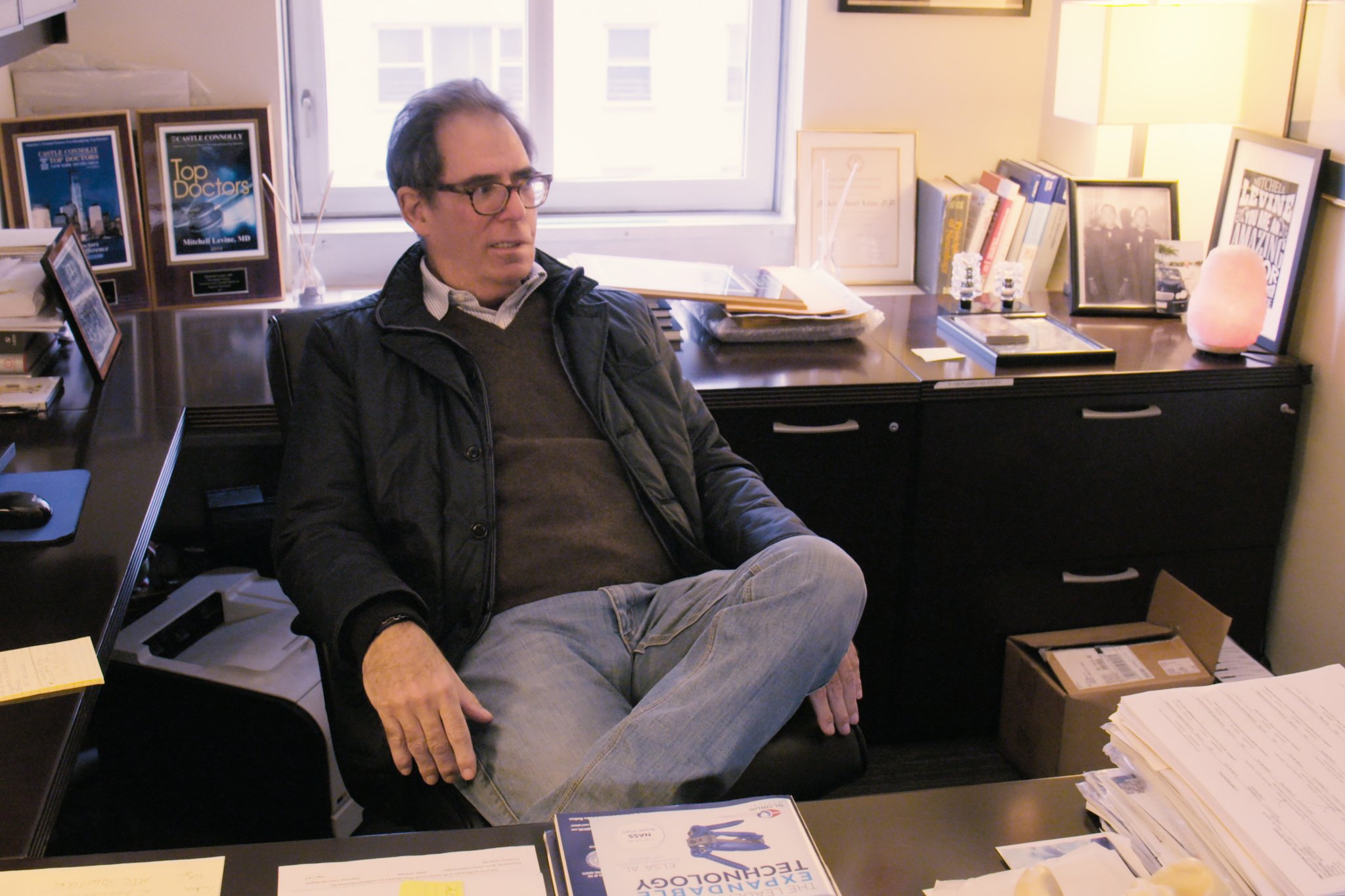
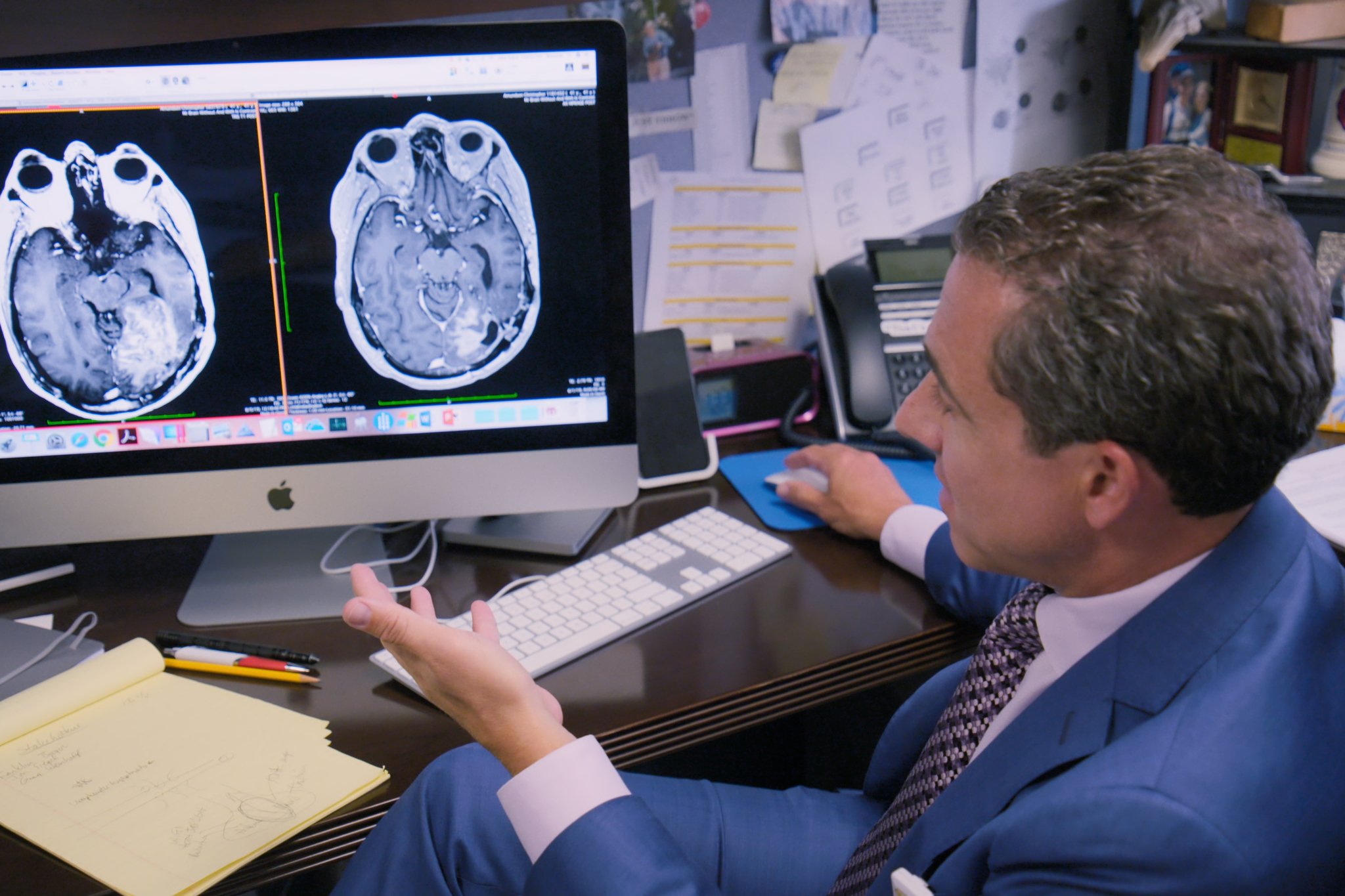
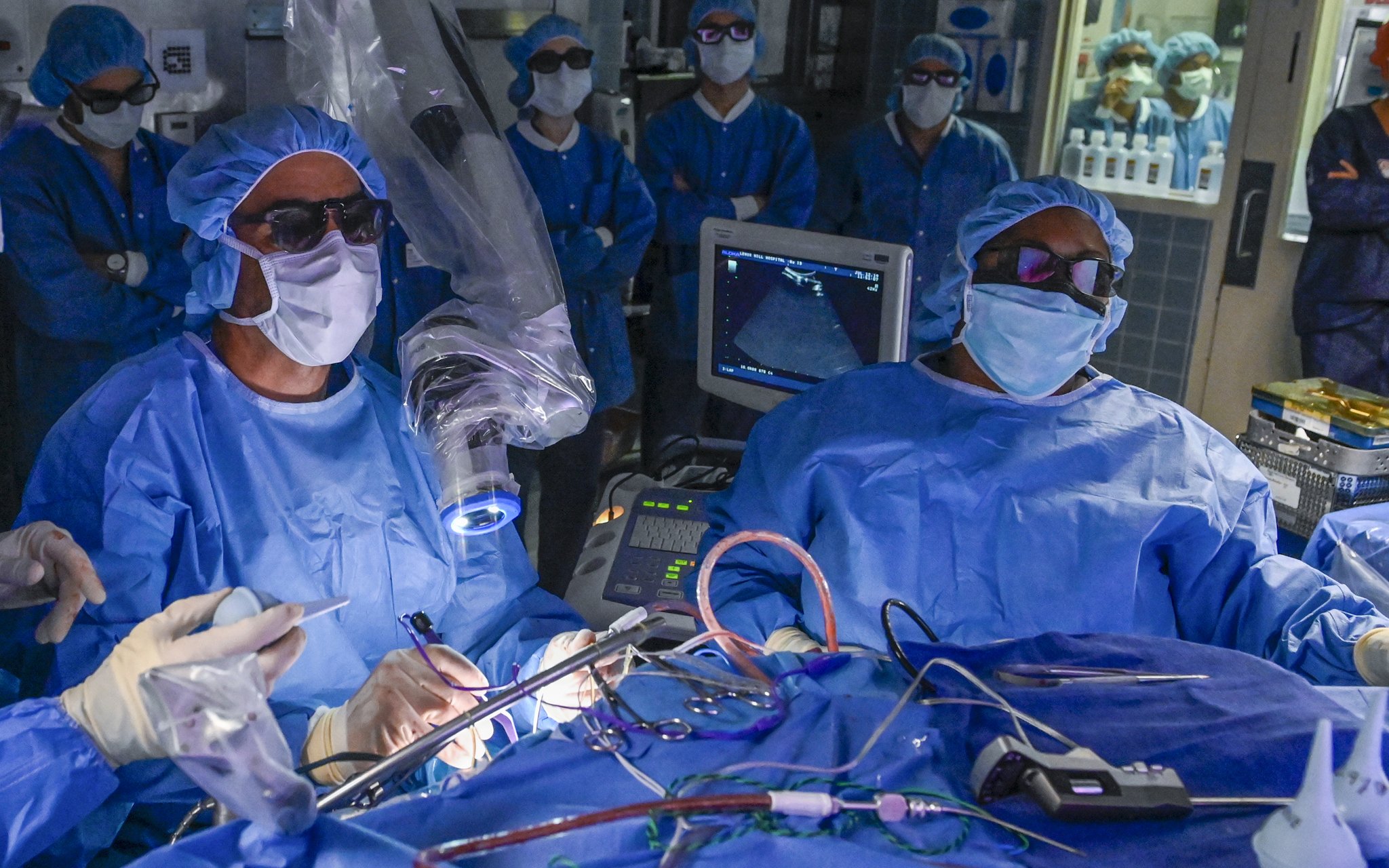
The bottom line
That's the point of a documentary, of course. To help us be there. To give us some understanding of what it's like to do a thing or be somewhere or have something happen.
I'm not going to perform surgery on anyone, ever. But I've got a better understanding of the kinds of people who do. And hopefully I'll never be on the other side of brain tumor, either. But I've got a better idea of how awful that is. I've been in a labor-and-delivery room twice. But as Dr. Little-Richardson explains, that's still a part of life that isn't talked about enough, even though we all go through it. I've been in an ER more times than I'd like, but it's also good to be reminded of the microcosm of humanity.
Ultimately, that's what Lenox Hill is about. It gives us an inside look at the beginning of life, and fighting the end of it — and everything in between — all from one block on New York City's Upper East Side.
The show isn't horribly graphic, I guess. Yes, there's brain surgery, which involves brains and skulls and skin and tumors. But blood is kept to a minimum. I'd forgotten just how traumatic a Cesarean Section is, but neither it nor the vaginal births get too close to the action. (Though props to the directors for showing what a placenta actually looks like, which is something I'd never seen before my wife and I went through our own birthing classes years ago.)
You're left feeling a little disappointed at the end. Dr. Little-Richardson is moving out of New York City with her infant — but how is the child? There's an incredible arc with spinal surgeon Mitch Levine, who himself receives a devastating diagnosis of cancer — "I'm fine from the neck down." We see his return to the hospital, but don't get any sort of epilogue. (At the time of this writing, he's still listed on the Lenox Hill website, though, which is good.) And as a nerd, I really want to know more about how they're doing surgery with 3D monitors while wearing 3D glasses.
Still, this Lenox Hill is an excellent watch. Its eight episodes elicit a ridiculous amount of emotion from an industry that too often we see as soulless and broken. And maybe it is in many respects. But most certainly not for the doctors and patients we meet here.

